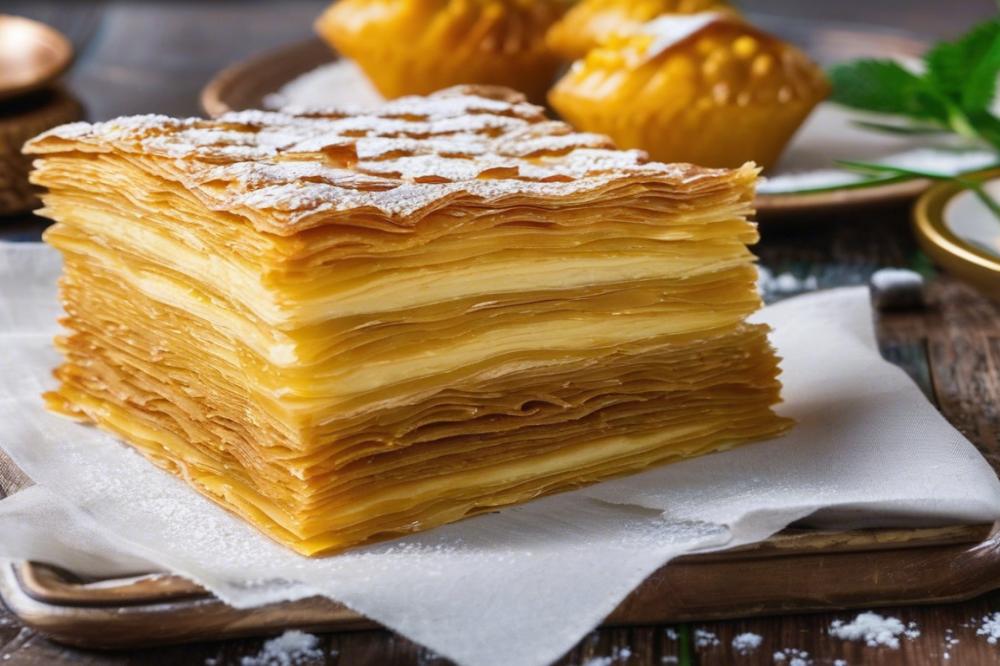Feteer Meshaltet: A Delightful Egyptian Treat
Feteer Meshaltet is a fascinating layered pastry that holds a special place in Egyptian cuisine. This flaky pastry shines in both street food stalls and family kitchens across Egypt. Baking techniques passed down through generations contribute to the rich texture and flavor of this traditional dish. Beyond being just a snack, it often finds a place on festive tables, making it a beloved staple among Egyptian desserts.
The significance of this delicious treat extends beyond mere taste. Feteer Meshaltet connects people to their cultural roots and traditions, often symbolizing hospitality and warmth. It’s common to see vendors selling this pastry, creating a lively atmosphere on bustling streets. This layered delicacy, typically made with simple ingredients like dough and butter, can be enjoyed in various ways, catering to different palates. Whether stuffed with sweet or savory fillings, it appeals to a wide audience.
Many enjoy Feteer Meshaltet as part of their daily meals or during special occasions. Its versatility stands out among many cultural dishes, reflecting the heart of Middle Eastern cuisine. Family gatherings often feature this pastry, reinforcing bonds and celebrating shared heritage. Thus, its presence in everyday life and festive celebrations highlights the importance of this Egyptian Pastry.
Understanding Feteer Meshaltet
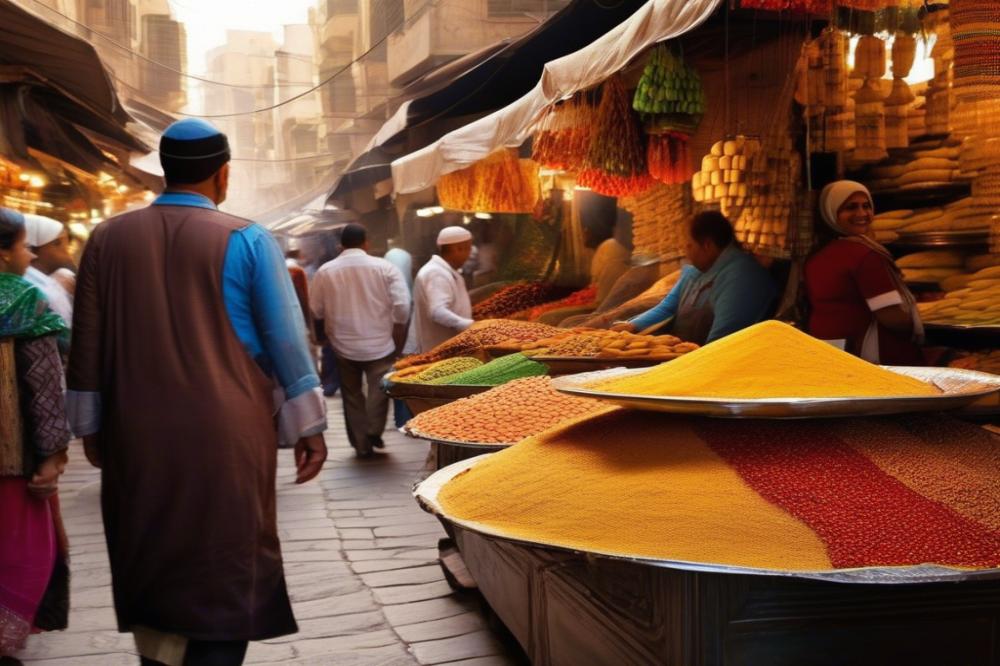
Feteer Meshaltet is a traditional Egyptian layered pastry that captivates with its buttery and flaky texture. This dessert typically consists of many thin layers of dough, meticulously crafted to achieve the perfect crunch when baked. The preparation involves rolling out the dough and folding it repeatedly, which creates the signature layers that define this dish.
Historically, this layered pastry holds significant importance in Middle Eastern cuisine. It has been enjoyed for generations, often seen during celebrations and gatherings. Street food vendors and local bakeries frequently showcase it. Many families pass down traditional recipes, ensuring that the art of making Feteer Meshaltet remains cherished. This pastry symbolizes not just a tasty treat but also a deep connection to culture and heritage.
Various variations of this flaky pastry exist throughout Egypt and beyond. Some people enjoy it sweet, filled with nuts or honey, while others prefer a savory version stuffed with cheese or vegetables. Each regional twist brings a fresh take to the dish, reflecting local tastes and preferences. These diverse adaptations highlight the versatility of the recipe, showcasing its charm in both simple and elaborate interpretations.
Ingredients List and Quantities
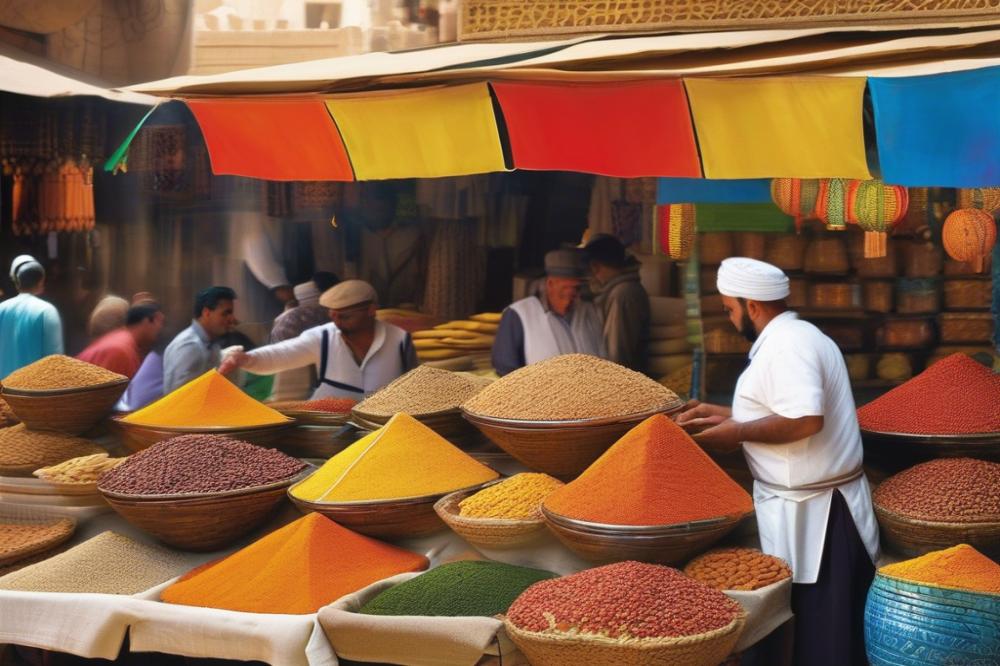
To create the perfect layered pastry, gather the following ingredients. You will need:
- Flour – 4 cups
- Warm water – 1 cup
- Butter – 1 cup (melted)
- Salt – 1 teaspoon
- Sugar – 1 tablespoon
- Baking powder – 1 teaspoon
- Optional fillings such as cheese, honey, or molasses
These ingredients form the base of many Egyptian desserts. Using quality flour helps achieve that desirable flaky texture characteristic of traditional recipes.
Nutritional Information
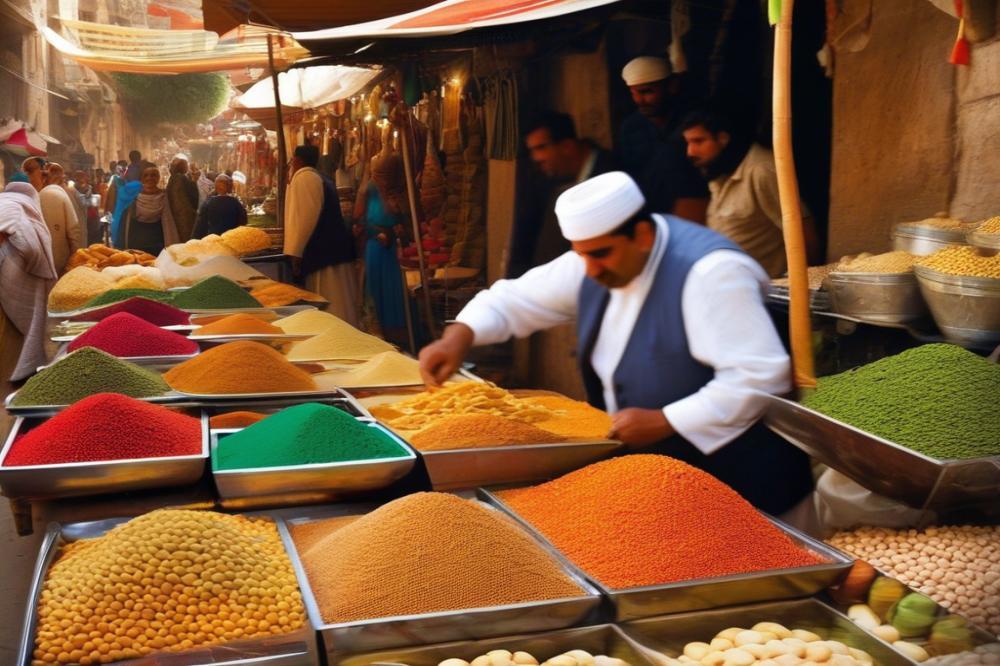
Understanding the nutritional content of these ingredients can enhance your culinary experience. Here’s a breakdown:
- Flour: About 455 calories, 1.2g fat, 95g carbohydrates, and 13g protein per cup.
- Warm water: 0 calories, 0g fat, 0g carbohydrates, and 0g protein.
- Butter: Approximately 810 calories, 92g fat, 0g carbohydrates, and 1g protein per cup.
- Salt: Minimal calories. It doesn’t contain fats, carbs, or proteins.
- Sugar: Roughly 48 calories, 0g fat, 12g carbohydrates, and 0g protein per tablespoon.
- Baking powder: About 6 calories, 0g fat, 1.6g carbohydrates, and 0g protein per teaspoon.
When combined, these ingredients contribute to a delightful treat that reflects the essence of Middle Eastern cuisine. Enjoying this flaky pastry offers not just flavor but also a glimpse into a rich culinary history.
Making the Dough
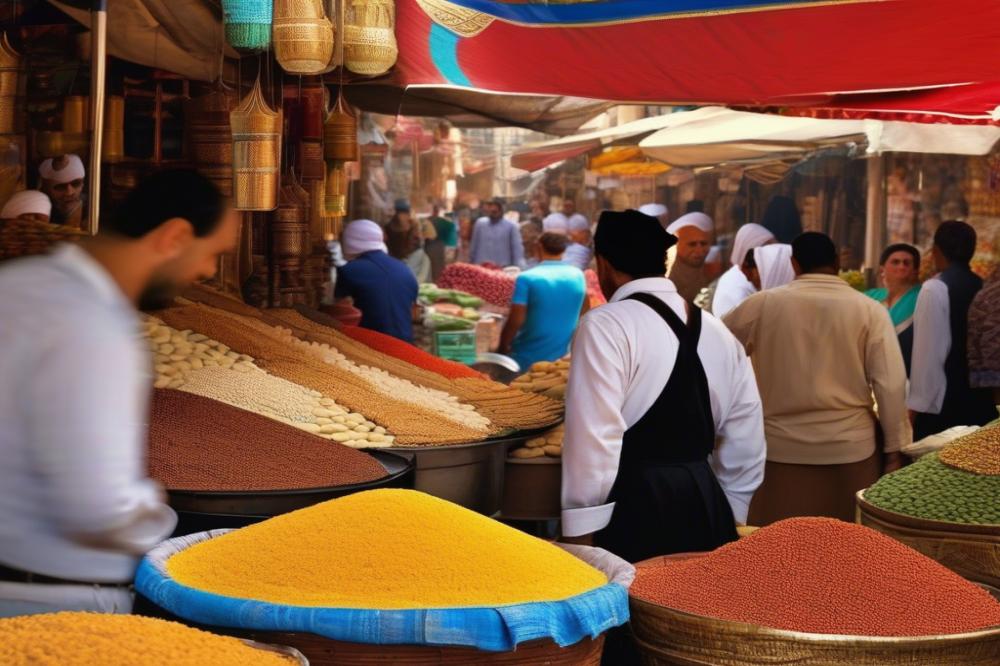
Preparing the dough for this layered pastry is crucial. Start by gathering your ingredients: all-purpose flour, water, salt, and butter. Measure out four cups of flour into a large mixing bowl. Add half a teaspoon of salt to the flour and mix it gently. This helps to season the flour even before adding the water. Slowly pour in one cup of warm water. Use your hands or a mixing spoon to combine. The goal is to form a rough dough.
Kneading the dough plays an important role in achieving the perfect consistency. Once it starts to come together, transfer it to a clean surface. Knead it for about ten minutes, or until the surface feels smooth and elastic. If the dough feels too sticky, sprinkle small amounts of flour as needed. On the other hand, if it’s too dry, add a little more water. The texture should be soft but not overly wet. This balance is key in creating that flaky pastry.
Resting the dough is essential. After kneading, shape it into a ball and place it in a lightly oiled bowl. Cover the bowl with a clean kitchen towel or plastic wrap. Let it sit for at least thirty minutes. This break allows the gluten to relax, which makes rolling the dough easier later on. Embrace this downtime; it’s part of making traditional recipes. Once rested, you can roll the dough into thin layers.
When handling the dough, be gentle. Thin layers create that signature flakiness that’s characteristic of many Egyptian desserts. Use your palms to stretch out the dough instead of a rolling pin for wider layers. This method can produce a unique texture. If you find the dough is springing back, give it a little more time to rest. Also, using plenty of butter between the layers adds rich flavor and contributes to the flaky texture.
Layering and Baking Feteer Meshaltet
Creating the perfect layers in this traditional Egyptian layered pastry is essential. Start by dividing the dough into small balls. Each ball should be rolled out as thinly as possible. Use a generous amount of flour to prevent sticking. As you roll, keep rotating the dough for an even thickness. Aim for a circle that’s about 12 inches wide. This may take some practice, but the effort pays off.
After rolling out the dough, apply melted butter generously over the surface. Butter plays a crucial role in achieving a flaky pastry. It separates each layer and creates a delicious, rich flavor. Use this step wisely. If the dough feels dry, add more butter. The goal is to achieve the best texture. Think of the layers as paper in a book. Each layer needs its own space.
Next, place each rolled dough on top of the previous one. Use a baking sheet or a round pan for this process. Press gently to combine the layers without squishing them together. Continue until you have a stack of dough, each one beautifully enhanced with butter. It should become a tall, glossy pile of potential deliciousness.
Once the stacking is finished, it’s time to bake. Preheat your oven to a high temperature. For better results, place a baking stone inside. That way, heat will be evenly distributed. The pastry needs to be cooked in an environment that generates intense heat. This ensures a crispy outside while keeping the inside airy.
When you place your layered dish in the oven, keep an eye on it. Baking usually takes about 30 minutes. It should turn golden brown and puff up nicely. If you want extra crunch, broil it briefly at the end. This adds a delightful crust to your cultural dishes. Enjoy watching your layered pastry transform into a street food favorite.
Serving Suggestions and Pairing
Popular ways to serve Feteer Meshaltet
Feteer Meshaltet is versatile. Often, it is enjoyed with honey, which brings out its rich, buttery flavors. Some prefer to pair it with cheese or jam, creating a delightful contrast. In Egypt, you might find it served simply with a sprinkle of powdered sugar. This flaky pastry can even be filled with meats or vegetables for a heartier meal.
Beverage pairings and side dishes
When it comes to drinks, tea or coffee complements the pastry well. Mint tea offers a refreshing touch, making each bite even tastier. A light fruit salad can serve as a nice side dish. Some people also enjoy it with yogurt, which adds creaminess to the dish. These combinations highlight the profile of Middle Eastern cuisine beautifully.
Role in celebrations and gatherings
This layered pastry often appears during special occasions and family gatherings. At weddings or religious holidays, it is a common sight on tables filled with cultural dishes. Street food vendors also sell slices at bustling markets, making it accessible to everyone. Feteer Meshaltet not only satisfies hunger but also brings people together. Traditional recipes have been passed down through generations, preserving this delicious part of Egyptian heritage.
A Delicious Journey Through Tradition
Feteer Meshaltet holds a special place in Egyptian culture. This layered pastry is not just food; it symbolizes gatherings, celebrations, and home-cooked warmth. Making it connects generations. Family members often come together to prepare and enjoy the dish. Tasting this delicacy allows one to experience a rich culinary heritage that has withstood the test of time.
Trying your hand at this recipe can be an enjoyable adventure. The process may feel challenging at first, but the rewards are truly satisfying. You will discover the joy of creating something delicious from scratch. Each bite reveals layers of flavor and history. Encourage friends or family to join you. Cooking together fosters stronger bonds and creates lasting memories.
Cultural recipes like this serve an important role in preserving our collective heritage. Every generation brings its own touch to the dish, passing it down like a treasured heirloom. Savory and sweet variations reflect the diverse tastes and experiences of the people who make it. When you cook these traditional recipes, you help keep the stories alive. Embracing and sharing them is a way to honor the past while enriching the future.
So, roll up your sleeves. Gather your ingredients, and invite your loved ones into the kitchen. Make the day about more than just cooking. It’s a chance to explore tradition, savor flavors, and create something wonderful together.

